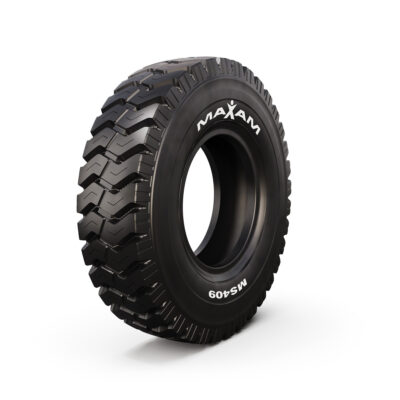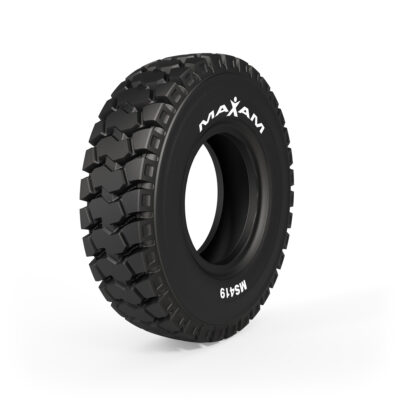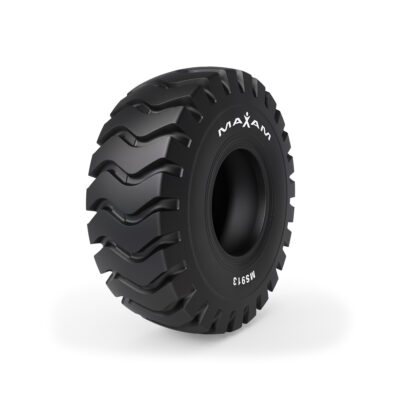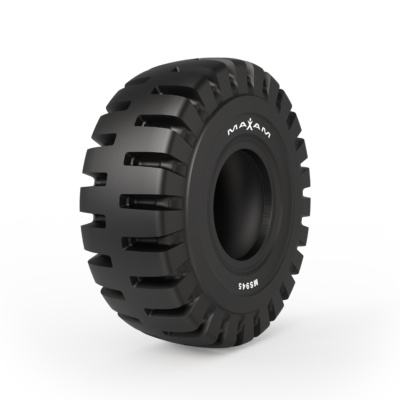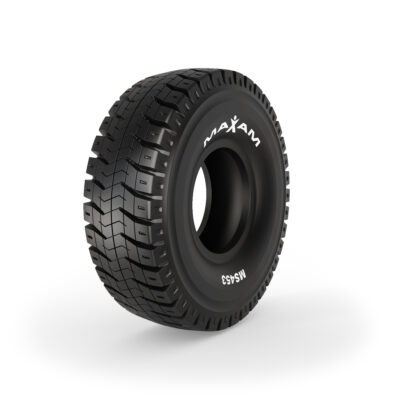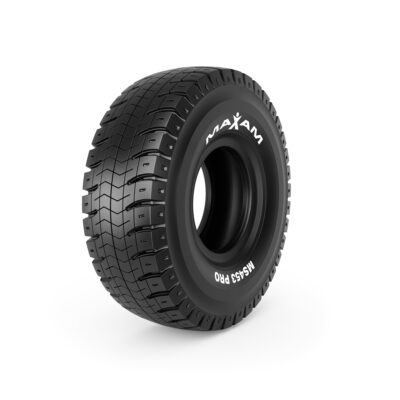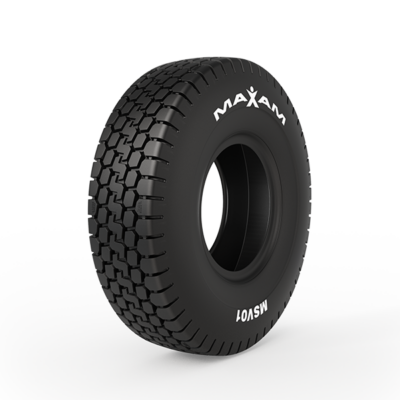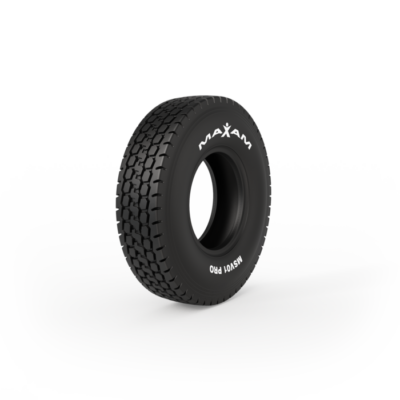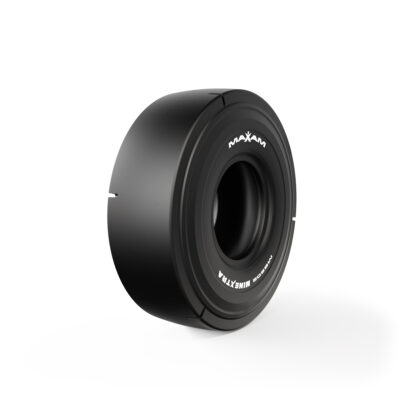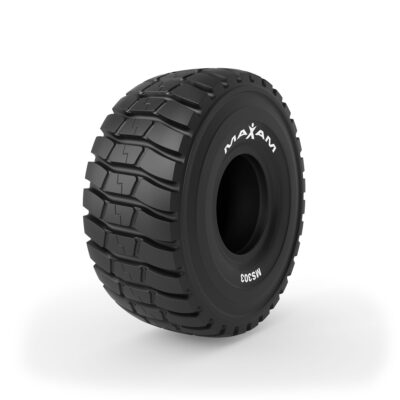Off-the-Road Tires
Take on the demands with unrivaled performance, maximum tire life, and superior design.

Discover our premium radial and bias OTR tires. Whether you’re looking for a smaller loader tire or the largest haulage tires, our range of OTR tires will deliver the highest performance with superior traction, maximum stability, wear, puncture, and cut resistance.
Superior Off-The-Road Solutions. At the Right Price.
Engineered with the highest quality casing for retreadability, MAXAM’s OTR tires deliver the performance and value you deserve, no matter how tough the job is.
Whether for earthmovers operating on aggregate sites, radial graders, articulated dump trucks, or heavy-duty haulage trucks, MAXAM’s series of OTR tires yield the functionality, performance, and value for a variety of the toughest off-the-road applications. From tire design and compounding to manufacturing, MAXAM Tire supplies the industry with the highest standard and warranty.
As a leading manufacturer offering the most competitive radial and bias OTR tires, MAXAM ensures every off-the-road tire delivers the utmost traction, puncture, cut and wear resistance, and stability that OTR equipment requires. From functionality, and reliability, to capability, MAXAM’s range of OTR tires sets the new standard for the OTR industry.
Experience a different standard of performance with MAXAM’s range of OTR solutions.
Find your tire below:
Dump Truck
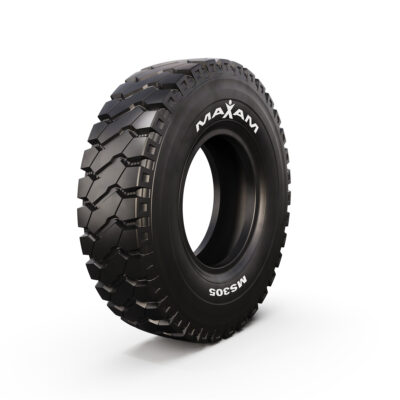
MS305
E3 Off-the-Road Tires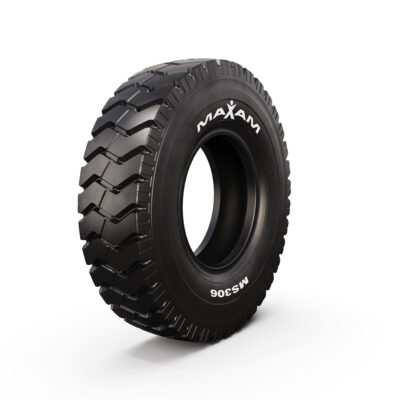
MS306
E3 Off-the-Road Tires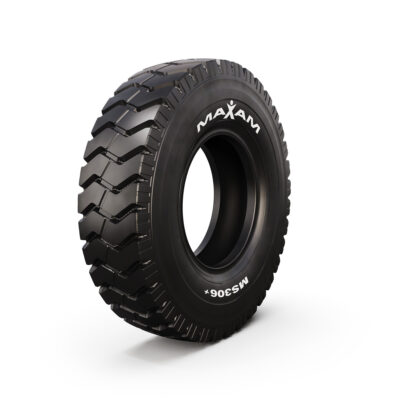
MS306+
E3 Off-the-Road Tires
MS308
E3 Off-the-Road TiresArticulated Dump Truck
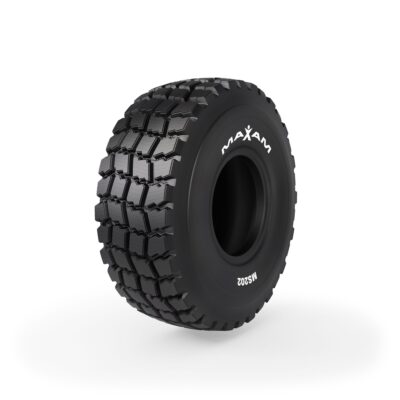
MS202
E2/G2/L2 Off-the-Road Tires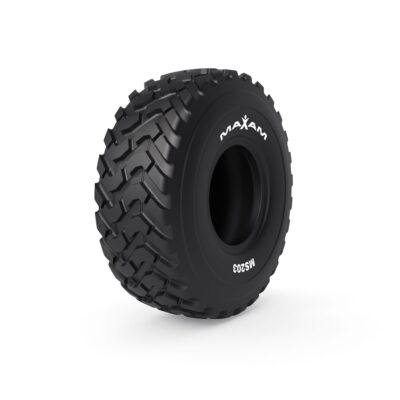
MS203
E2/G2/L2 Off-the-Road Tires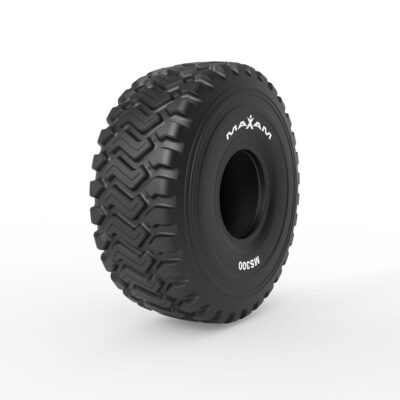
MS300
E3/L3 Off-the-Road Tires
MS301
E3/L3 Off-the-Road Tires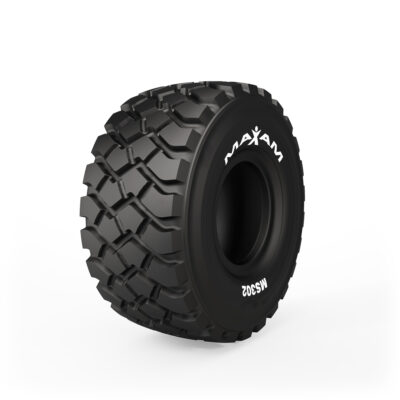
MS302
E3/L3 Off-the-Road Tires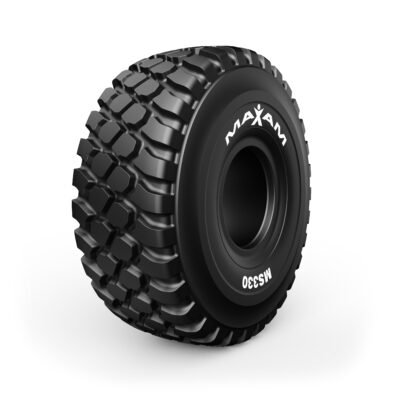
MS330
Value E3/L3 Off-the-Road Tires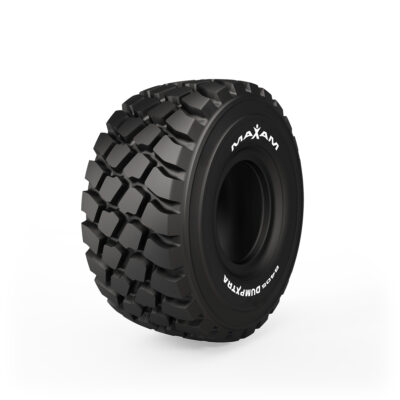
MS405 DUMPXTRA
E4/L4 Off-the-Road TiresLoader

MS202
E2/G2/L2 Off-the-Road Tires
MS203
E2/G2/L2 Off-the-Road Tires
MS300
E3/L3 Off-the-Road Tires
MS301
E3/L3 Off-the-Road Tires
MS302
E3/L3 Off-the-Road Tires
MS330
Value E3/L3 Off-the-Road Tires
MS405 DUMPXTRA
E4/L4 Off-the-Road Tires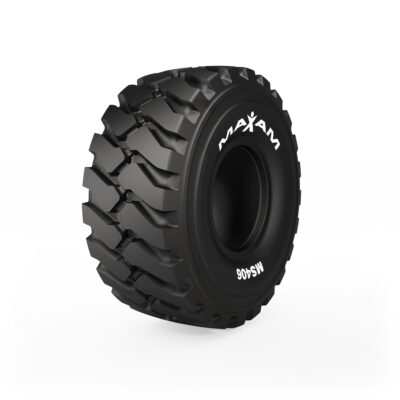
MS406
E4/L4 Off-the-Road Tires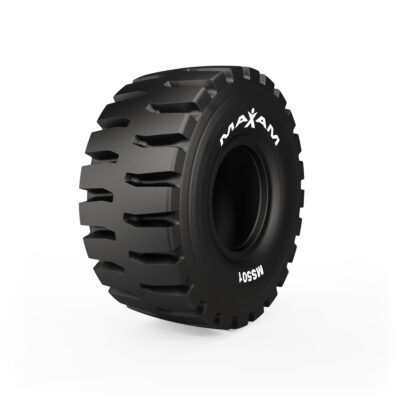
MS501
MineXtra – L5 Off-the-Road Tires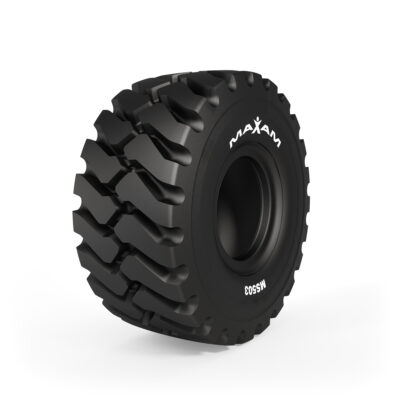
MS503
L5T Off-the-Road Tires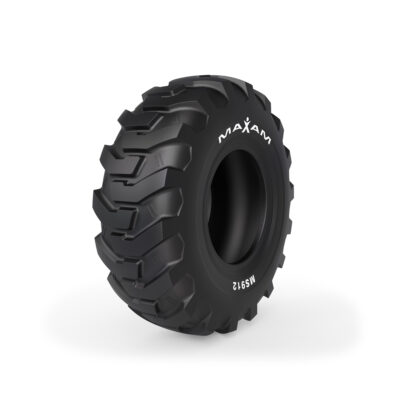
MS912
BIAS E2/G2/L2 Off-the-Road TiresGrader

MS202
E2/G2/L2 Off-the-Road Tires
MS203
E2/G2/L2 Off-the-Road Tires
MS300
E3/L3 Off-the-Road Tires
MS301
E3/L3 Off-the-Road Tires
MS330
Value E3/L3 Off-the-Road TiresRigid Frame Haul Truck
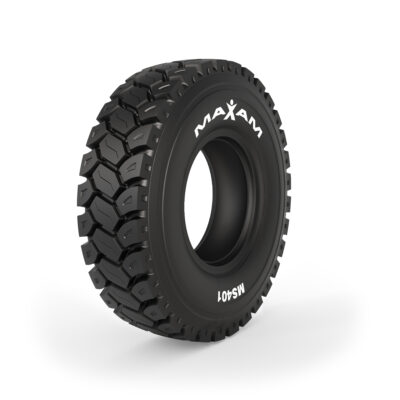
MS401
E4 Off-the-Road Tires
MS401+
E4 Off-the-Road Tires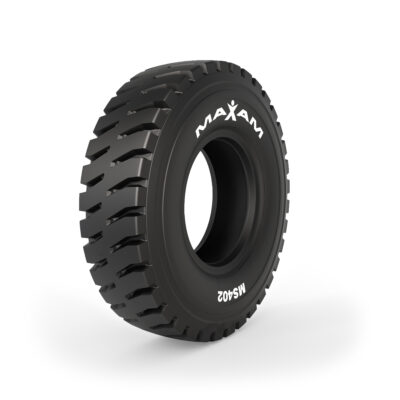
MS402
E4 Off-the-Road Tires
MS403
E4 Off-the-Road Tires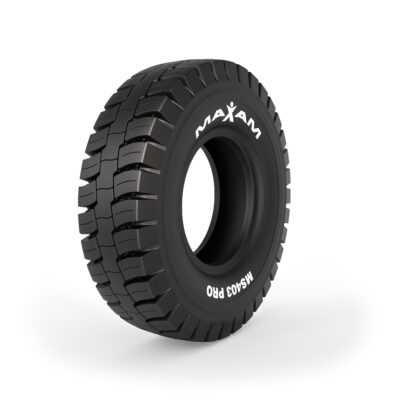
MS403 PRO
E4 Off-the-Road Tires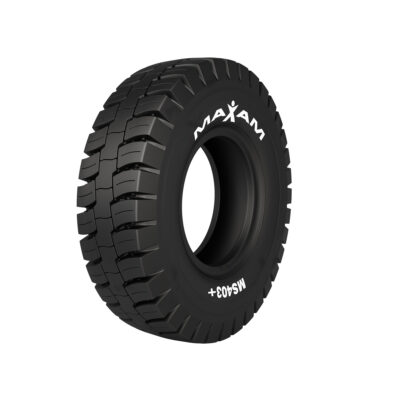
MS403+
E4 Off-the-Road Tires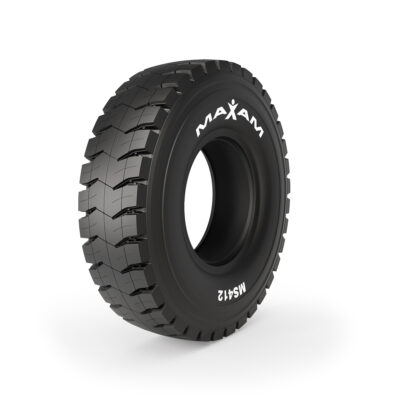
MS412
E4 Off-the-Road Tires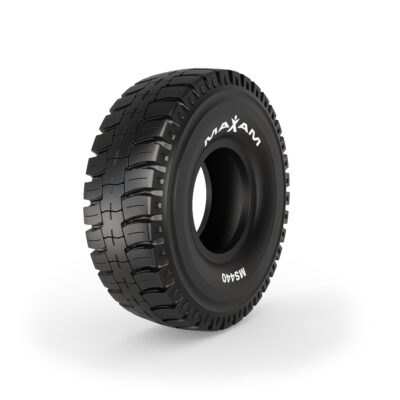
MS440
E4 Off-the-Road Tires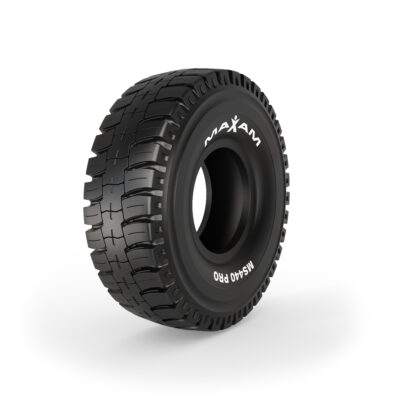
MS440 PRO
E4 Off-the-Road TiresUnderground Mining Truck
Load Haul Dump Loader
Frequently Asked Questions
Every application and tire call for specific air pressure. Always check the sidewall of your tires to get the most accurate information. Inflation pressure should be checked daily prior to operation, at the start of each working shift.
Cold inflation checks are the best and most accurate. A cold tire is generally defined as one that has been sitting idle and not used for a minimum of 24 hours. From this point, the pressure can be monitored more accurately. Hot inflation checks, in most cases, are the norm since many operations are 24/7. Therefore, knowing the cold inflation pressure of the tire will help track the rise in pressure in a working tire. This will then help to set the correct standards for warm inflation checks.
Record the tire pressure readings and reference the records to keep track. This will be helpful if you notice that one tire loses pressure quicker than others. In this case, dismount and inspect the tire immediately.
Always check if your pressure gauge is accurate and use a master pressure gauge. Your master gauge should be calibrated by the manufacturer when needed.
Remember that overinflation could result in:
- reduced shock absorption, harder ride, and excessive wear and tear on equipment parts
- rapid center wear on the tire
- increased tension, resulting in cut and impact damage
- increased chance of tire skidding and spinning
- potential bead damage
Similarly, underinflation could result in:
- potential radial cracks in the sidewall, cord fatigue, and cord breakage
- uneven wear on the tire
- potential heat damage and separation
- potential air leakage in tubeless tires
We have created a quick air pressure guide article with a suggested inflation pressure chart, for your reference.
The handling of earthmover and large haulage tires requires proper handling when transporting and moving them. Improper handling can potentially damage tires from the weight of the load and misuse of tools and equipment. The majority of the time, special equipment is required to handle these tires.
Type of equipment to handle earthmover and haulage tires:
- Forklift
- Mechanical loader
- Crane with textile straps
Key areas of the tire to protect:
- Bead area: center circle where the wheel sits. Damage in this area leads to shorter tire life
- Sidewall area: can be pierced or cut easily if mishandled
- Inner chamber area: can be pierced or cut easily if mishandled
We have created a guide and shortcut on how to handle and move earthmover and haulage tires properly, for your reference.
Keep in mind that off-the-road tires are created for heavy-duty use, which means traveling at excessive speed can increase the internal temperature of the tire, leading to tire damage. Check each vehicle’s maximum speed and your workday average speed (from a total driving distance and total operating hours).
While MAXAM works with operations to select the best tire based on their needs, it’s also important for operations to understand the general idea of finding the right tire. When it comes to selecting a tire, consider the following:
- Type of machine (make, model, maximum load capacity, speed, horsepower, tire size, star/ply rating)
- Operating condition: climate, temperature, road condition, operating speed, load, and TKPH/TMPH
If your operation is in a region where climate changes drastically, such as extreme temperature change and rainfall, it makes tire selection trickier. Similarly, if tires are exposed to heat and cutting, it also makes the selection tougher.
Contact your local MAXAM rep to best select tires specifically for your site condition and equipment.
It’s vital for operations to inspect their OTR tires daily to maximize tire life and productivity. When inspecting tires daily, be sure to check the following:
- External appearance of the tire
- Rims and valves
- Inflation pressure
MAXAM offers a guide on identifying some common OTR tire damages, if you still need further assistance on damaged tires, please contact your local MAXAM rep.
More Resources
MAXAM Tire is a global leader and manufacturer of specialty tires engineered and custom built specifically for you.
EcoPoint³’s effect on reducing heat buildup
When it comes to forklift tires, heat buildup is a key contributor to tire failure. The lower the heat buildup, the more durable a tire can be.
Read MoreMAXAM on When a Producer Should Replace Their Agricultural Tires
In the agricultural industry, it is how the equipment is utilized or the inherent operational requirements that will affect the tire replacement cycle. As agricultural tires are considered off-road and not US Department of Transportation (DOT) regulated, there are no firm rules to determine when an ag tire absolutely needs to be replaced….
Read MoreWhen should you replace solid OTR tires?
While solid OTR tires require zero maintenance and are built to last much longer than foam filled pneumatics, they still have a certain life span. Although these tires don’t require the maintenance pneumatic off-the-road tires require, MAXAM recommends operations inspect their solid OTR tires every now and then.
Read More